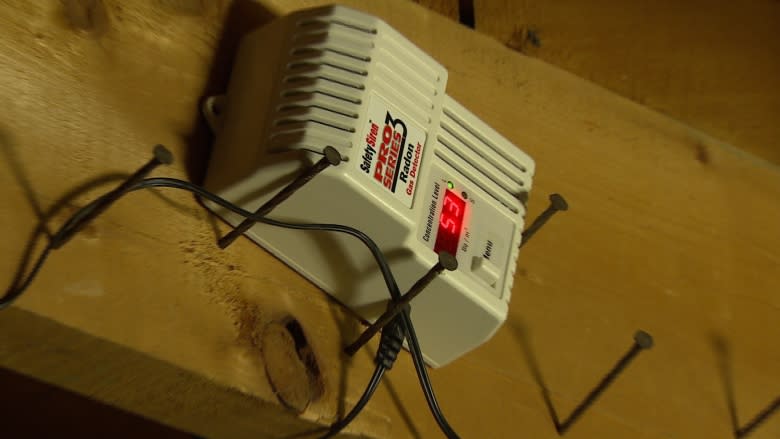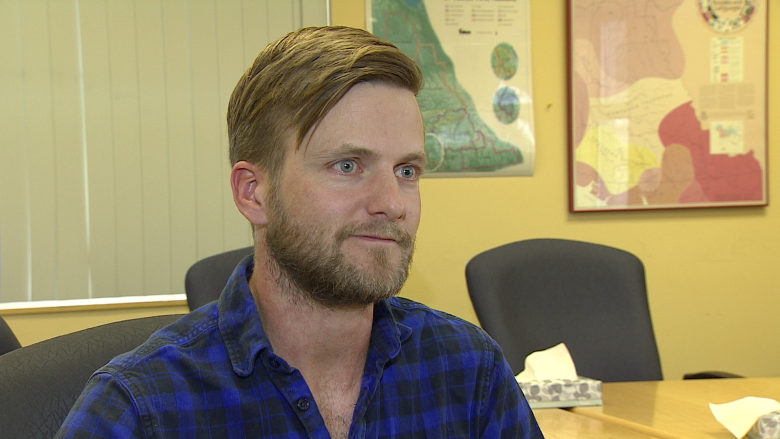4 Yukon schools being remediated for radon concentration
The Yukon government says it's on track to complete repairs by January, on four territorial schools found to have radon levels that exceed Health Canada guidelines.
The department of education monitored radon levels in all Yukon schools during the 2016/17 school year. Results from that testing showed four schools had radon concentrations that warrant remediation.
Radon is a radioactive gas that is slowly released from the ground, water and some building materials. When it accumulates in an enclosed space, it can become a health hazard.
According to Health Canada, radon is the second leading cause of lung cancer after smoking. On average, about 16 per cent of lung cancer deaths in Canada can be attributed to radon exposure.
Health Canada recommends that buildings with concentrations of radon over 600 becquerels per cubic metre should be remediated within one year, while those with concentrations between 200 and 600 becquerels per cubic metre should be remediated within two years.
Results for Whitehorse's Jack Hulland Elementary School (427 Bq/cu. m), Beaver Creek's Nelnah Bessie John School (209 Bq/cu. m) and the Teen Parent Centre (230 Bq/cu. m) suggested they should be remediated within two years, while results from Holy Family Elementary in Whitehorse (175 Bq/m3) were on the cusp, so the department decided to remediate there, too.
Fans installed
Remediation work at Nelnah Bessie John School has already been completed, says Miles Hume, the facilities project manager with the department of education.
"Two fans were installed. They're running, and we're seeing really good results at that school," said Hume.
The fans suck out the air that accumulates under the building's concrete slab.
Simlar fans are currently being installed at Jack Hulland school, and that work is on track to be completed in December.
Hume says the radon mitigation systems designed for Holy Family and the Teen Parent Centre are similar, but involve more engineering. Both are on track to be completed by early January, he says.
This is the second time for radon remediation at Jack Hulland school.
Hume says the fan that was initially installed wasn't strong enough for the area it was covering, so officials found a bigger, better fan.
"What we're doing is installing that fan times six across that whole wing of the school, overlapping, so if it's missed in one area, the fan next to it's going to grab any radon-laden air, and pull it out through the roof," he said.
"That being said, these are new systems and the building may have other leaks and issues, so we need to make sure that as soon as these systems are installed that we are testing immediately."
The department of education will be doing the most extensive testing it's ever done this winter. Following new government-wide radon management guidelines, all lower-level rooms in every Yukon school that are occupied for more than four hours a day will be tested, and over a minimum of three months.
"This will be pretty significant, and will give us a great idea of exactly what schools are having issues, where in those schools there are issues. And from there, we can work to remediate the schools immediately," Hume said.
According to Health Canada, Yukon is ranked as having the third highest percentage of homes that tested above Canada's national guidelines for radon.



